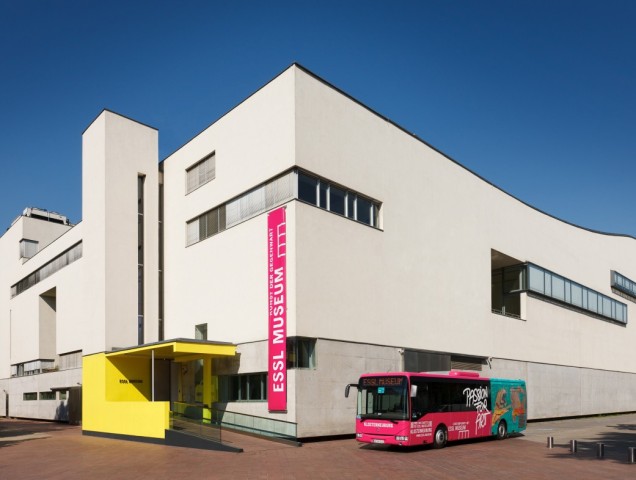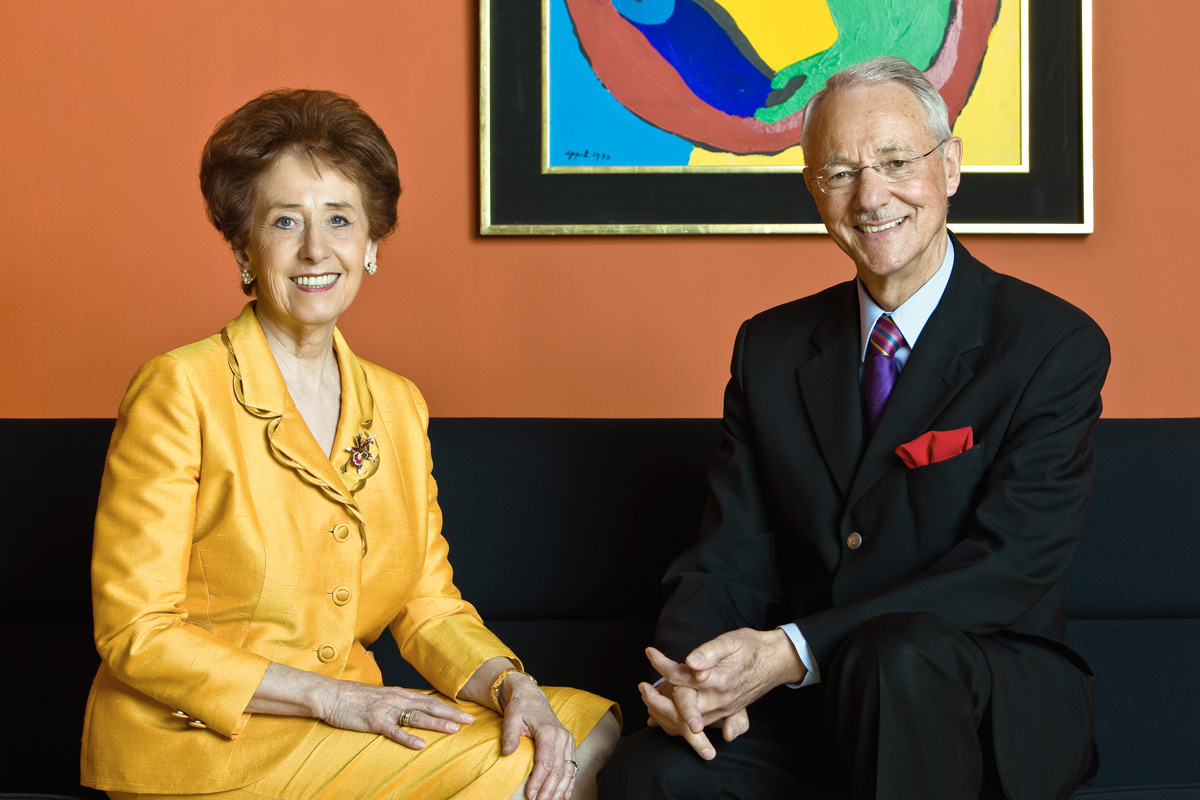Art & Exhibitions
Speculative Art Fund Linked to Essl Collection Raises Integrity Issues
The money-troubled collector sold starter sets of art, promising huge returns.

The money-troubled collector sold starter sets of art, promising huge returns.

Alexander Forbes


Agnes and Karlheinz Essl
Photo: Frank Garzarolli © Sammlung Essl Privatstiftung, 2009
If one of your country’s most high profile collectors of contemporary art would guarantee you a 50 percent return on your investment in a group of artworks over 10 years’ time, would you bite? For members of Karlheinz Essl’s Collectors Club the answer has been Yes.
Essl recently tried to sell his €250 million collection to the state of Austria in order to save 4,000 jobs at Baumaxx, the near-bankrupt home improvement chain he owns. He later pulled the offer after prospects looked too bleak. Still, for the past 15 years, his Essl Museum outside of Vienna has not only been the country’s most prominent private collection but also, according to reports by Austrian newspaper Der Standard, a chief selling point to attract beginner art collectors (from both the aristocratic and entrepreneurial classes) to his club.
According to news articles, Essl promised would-be members of his art investment fund that he would repurchase ensembles of work—from his own stash, with his guidance—at 150 percent of the purchase price 10 years down the line, or an approximate 4 percent annual return. Essl further sweetens deals for club members thanks to his notoriously heavy-handed style of deal-making, which has routinely seen him receive 40 percent discounts on works purchased. He is likewise known for the sheer volume of work purchased, no doubt a number inflated by the Collectors Club, in turn bolstering the discounts he has been able to achieve.
Der Standard says that the collector sold at least €6 million worth of art in the period from 2005–2012, meaning that he is theoretically liable for up to €9 million in repurchases over the coming years. Considering the current state of his company’s finances, the paper questions whether Essl will be able to foot that bill. Like his offer of the Essl Collection itself, these sets of art can only be repurchased in their entirety.
The only time Essl has spoken publicly about the club, he was both vague and seemingly philanthropic in tone, telling Art in 2012 that it was, “A separate thing,” from his museum, with which he tried “to advise people on how to build a collection.” He explained: “When I bought some works for the Museum, I also tried to purchase something for colleagues in the club.” At its heart, the club was seemingly meant to spur other Austrians to develop a taste for contemporary art or at least to fund art production by dangling the potential returns to be captured on the secondary market.
No suggestion has been made of some criminal intent behind Essl’s creation of the club. However, fault if any in this portion of the Essl-saga has been placed on hubris regarding the potential return on investment in his personal taste. According to the report, only a few artists in the collection have risen in value over recent years. Most have decreased precipitously, with an expert having valued one such starter pack of art as having dropped, not risen, in value by 50 percent.